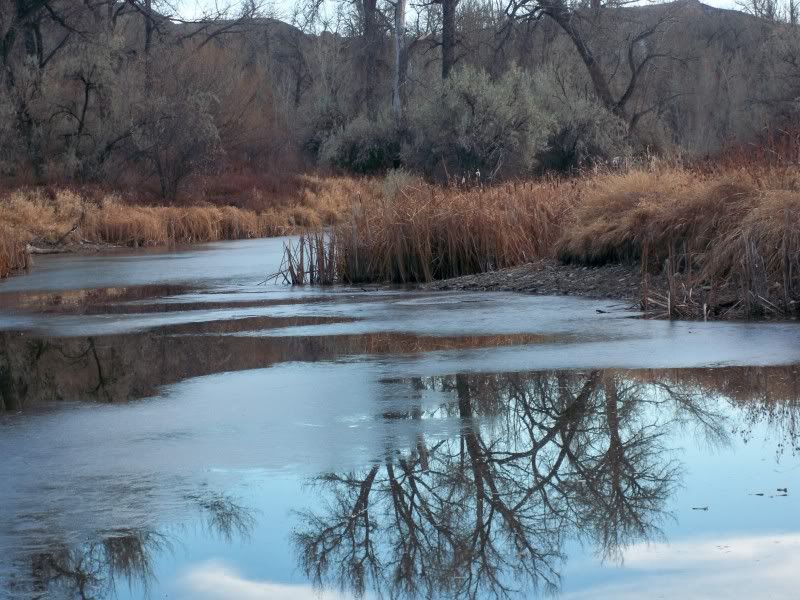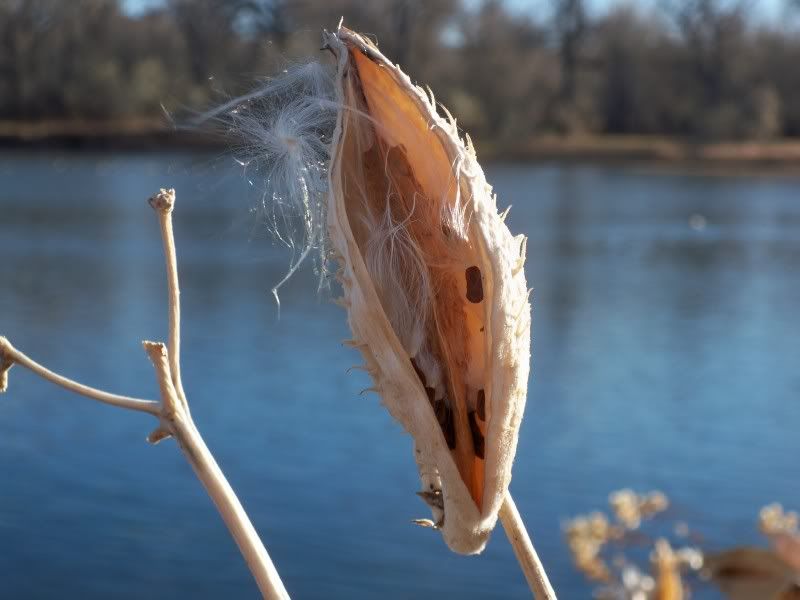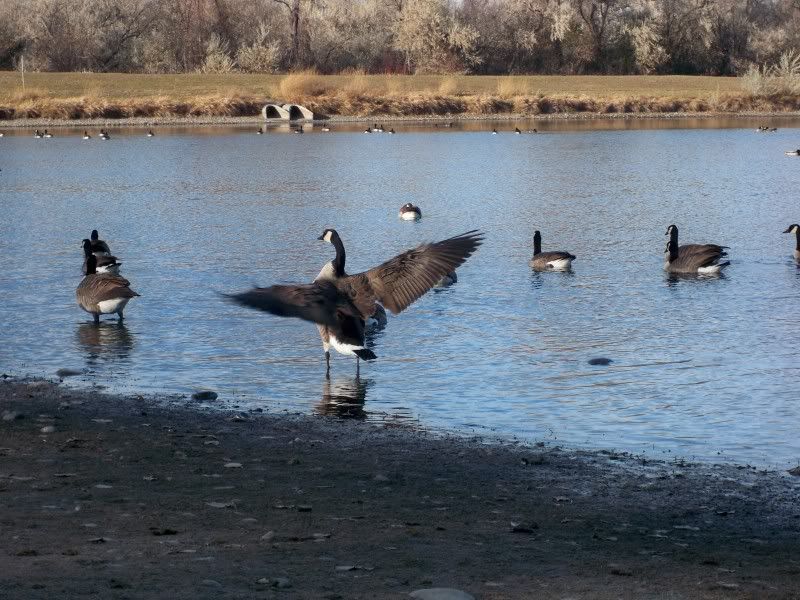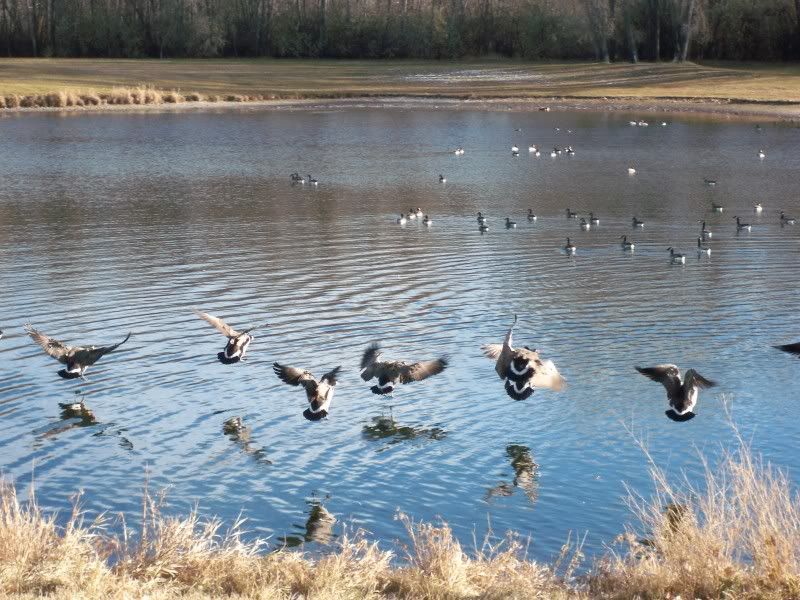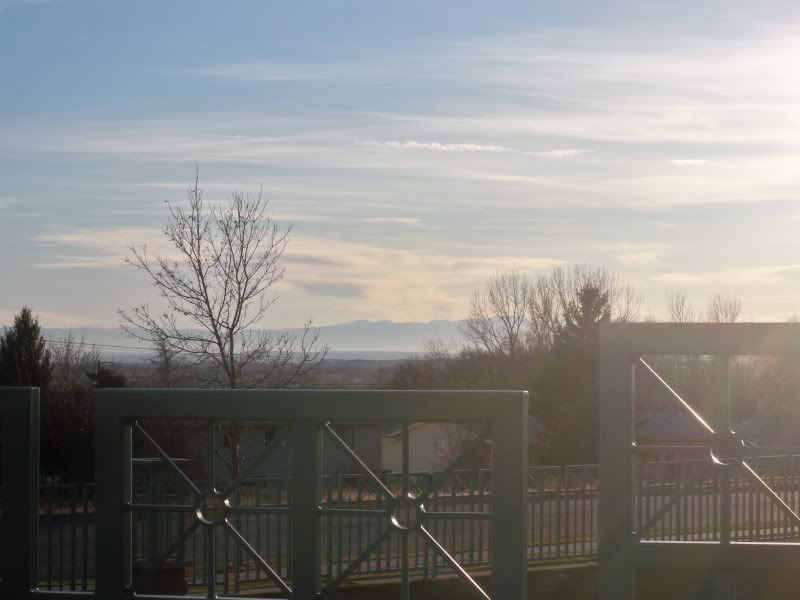Well, reading about Photoshop and other ideas for turning photographs into impressions had me thinking--and that got me looking. This weekend, when I was at home, I discovered Advanced Photoshop magazine. Most of the images in the magazine, while truly spectacular, had little to do with nature photography. Nonetheless, the potential is limitless on what could actually be created with the software. Photoshop is a much more powerful tool than the novice photographer probably realizes, and I picked up a copy of the magazine to better acquaint myself with the kinds of things I can do.
From the Advanced Photoshop online galleries, above.
Photoshop gives more control to the photographer, and creates more opportunities. Since I saw this picture, I found some inspiration for a project I would like to do. I would like to capture the stillness of the marshes of the Chesapeake by my home, possibly with some birds flying low over the grasses, and blend it in to the cityscape of George Washington's Alexandria, just down the river from me. I think the marshes are at their finest during autumn, and I'd like to capture some pictures when I go back home in a month for Thanksgiving and start giving it a whirl.
I'm not sure if this project will feature any practical application for the class, but that's the funny thing with art and me. I see it and my desire to emulate is particularly strong.
Thanks to tools like Photoshop, photography as a medium is rapidly changing. Perhaps it could be said that the whole field is going through its Renaissance since entering the digital age?
Finally, before signing off, I could help but give a shout out to West Potomac High School, who won their homecoming game over Lee High, 14-7. My beloved Wolverines came from behind, scoring two touchdowns and a safety with four minutes to play in the fourth quarter. It was a freezing monsoon on Friday, but as always, the whole community came out to support the team and suffered through some of the worst weather I've ever seen in October in Bay Country Virginia.
The conditions were horrible, but 7,500 Wolverine fans--including certain ex-players--showed up at Dietze Stadium for this one. The conditions were horrendous, but we love our Wolverines through any weather!
Things looked bleak for most of the game. When I played at WPHS, we were (and had been for years) a force in the Virginia high school football scene. Two-time state champs and with a list of alumni that included many famous NFL and college players. This year? We were 1-5 and losing for most of the game to lowly Lee High School, an impoverished school with virtually zero support from their own community. We hadn't lost to them in fifteen years and it was a shocker to everyone when they took a 7-0 lead and held it for most of the game.
As you can see, even the parents of Lee's players didn't show up to the game. They had maybe fifty fans. Even despite conditions that canceled games throughout the region, this is pretty embarrassing in Virginia to have a visiting crowd this small.
The Wolverines driving late in the 4th. The wide receiver split out to the left, #5, is the little brother of one of my close friends and ex-teammates.
The whole place went nuts when they pulled it out! Players went diving head first into the quagmire that was the field after the final whistle sounded. It may have been years since I got to do this, but a little nostalgia was certainly felt by the photographer. Perhaps Photoshop can serve a useful function in editing some of these shots--the weather was so horrid and the images match. Nonetheless, the pizza at Primo's was still five dollars (all you can eat!) after the game to celebrate the win, and it made for an exciting evening of shooting. I just wish I had been able to get a shot of me on the field at halftime in that vintage WP letter jacket!










